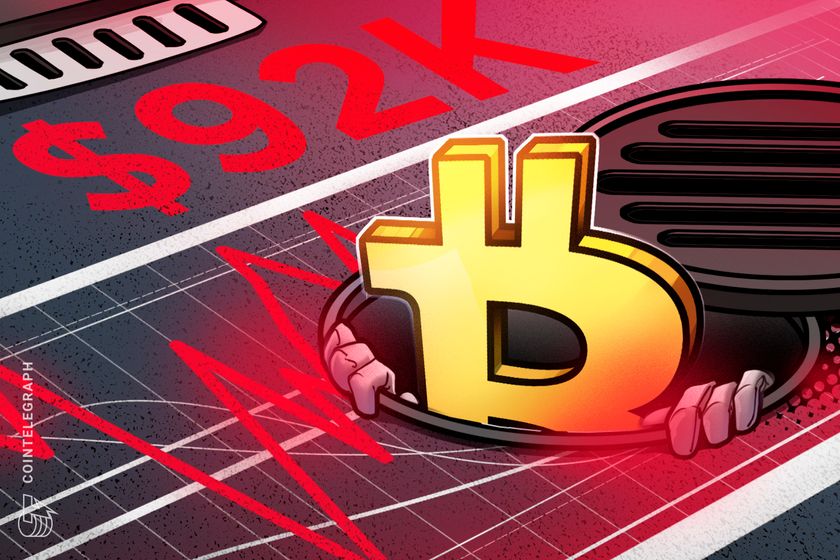The world’s largest digital asset, which had approached record territory earlier this month, was trading at just above $97,000 in afternoon trading, reflecting lingering investor caution following a rate decision that signaled fewer cuts ahead than previously anticipated.
Source: BNC Bitcoin Liquid Index (BLX)
While the Fed delivered the widely expected quarter-point reduction to its benchmark interest rate, its latest projections revealed a far more restrained pace of future easing. The central bank’s updated policy path cut the number of rate reductions it foresees in 2025, unsettling investors who had bet on a more accommodative stance. Fed Chair Jerome Powell’s comments underscored this shift, emphasizing the central bank’s intention to remain vigilant and measured, even as it attempts to nudge inflation towards its long-term goals.
The immediate market reaction was swift and pronounced. Bitcoin, which is often viewed as a higher-risk, growth-sensitive asset, quickly slid below the psychologically significant $100,000 mark after the Fed’s announcement. Traders reported that the rapid adjustment to the new outlook spurred waves of selling, driving the cryptocurrency lower before it stabilized and nudged back above $102,000.
The Hawkish PostureOther cryptocurrencies followed suit. Ethereum, the second-largest digital token by market capitalization, retreated more than 5%, while several other major altcoins recorded double-digit percentage declines. Some of the steepest losses were observed among the so-called “meme” tokens, smaller and more speculative assets that suffered pronounced drawdowns amid the broader flight to safety. Although the scale of the decline varied across different corners of the crypto market, the overall mood remained cautious as investors digested the possibility of tighter monetary conditions for longer than expected.
The Fed’s hawkish posture rippled beyond digital assets, with broader market jitters also surfacing in equities and foreign exchange. However, the fallout appeared particularly acute in cryptocurrencies, where valuations can be more sensitive to shifts in interest rate expectations and macroeconomic policy guidance.
Analysts noted that the promise of fewer rate cuts in 2025 reduces the appeal of speculative holdings, pushing investors to reassess the risk-adjusted returns of crypto positions.
In the wake of the Fed’s move, market participants have begun recalibrating their forecasts for policy steps in the coming months and years. While some had anticipated a more pronounced pivot towards looser conditions by mid-decade, the central bank’s stance suggests that easy money will remain elusive.
As a result, sentiment within digital asset circles has grown more cautious, with traders now looking to future data releases and central bank communications for clues about Bitcoin’s ability to regain momentum.

















